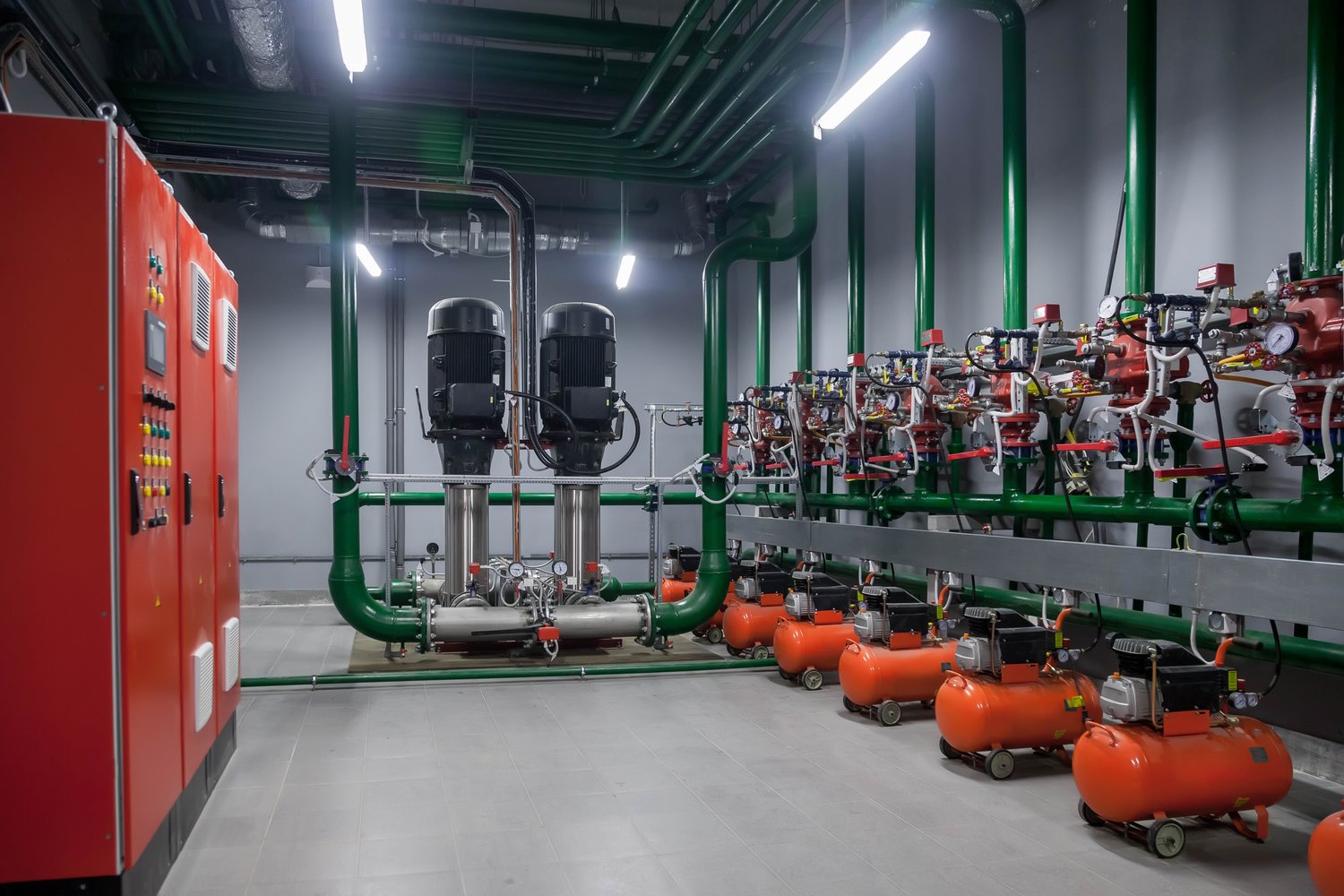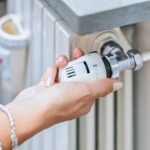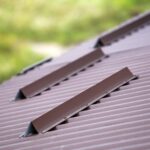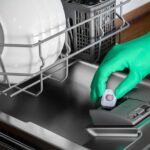Understanding different types of heating equipment
Heaters come in various forms to suit different spaces and requirements. Electric panel heaters offer efficient wall-mounted solutions for residential applications. These units typically consume between 500 to 2000 watts of power. Most models feature thermostatic controls for temperature regulation.
Convection heaters work by warming air that circulates naturally through rooms. They operate quietly and distribute heat evenly across large areas. Standard convection units measure 60 to 100 centimeters in width. Installation requires minimal technical expertise for most residential models.
Infrared heating devices provide direct warmth to objects and people rather than heating air. These systems respond faster than traditional convection methods. Commercial infrared heaters can reach temperatures of 200 to 400 degrees Celsius. Their efficiency ratings often exceed 95 percent in optimal conditions.
Comprehensive heating system planning
Proper system design begins with accurate heat loss calculations for your building. Professional assessments consider factors like insulation quality, window types, and room orientation. A typical residential property requires 80 to 120 watts per square meter of heating capacity. These calculations determine the total system size needed.
Heating systems (onninen.pl/en/products/Heating-systems) require careful component selection and layout planning. Central heating networks need pumps, expansion vessels, and control valves. Pipe sizing affects flow rates and system pressure throughout the installation. Distribution manifolds help balance heat delivery to different zones.
Control systems manage temperature and energy consumption across multiple heating zones. Programmable thermostats can reduce energy bills by 15 to 25 percent annually. Smart controls allow remote monitoring and adjustment via mobile applications. These features provide both convenience and cost savings over time.
Selecting appropriate plate heating solutions
Plate heaters deliver consistent warmth through flat panel designs that mount easily on walls. Their slim profiles typically measure 5 to 10 centimeters in depth. Surface temperatures reach 60 to 80 degrees Celsius during normal operation. Safety features include overheat protection and tip-over switches.
Installation requirements vary depending on power ratings and mounting locations chosen. Units rated above 2000 watts may need dedicated electrical circuits. Wall mounting requires secure fixings capable of supporting 8 to 15 kilograms. Clearance distances of 30 centimeters from furniture ensure safe operation.
Maintenance for plate heaters (onninen.pl/en/products/Heating-systems/Heaters/Plate-heaters) involves regular cleaning and inspection schedules. Dust accumulation reduces efficiency and can cause overheating issues. Monthly cleaning with soft cloths maintains optimal performance levels. Annual professional inspections identify potential problems before they cause failures.
Aluminum radiator benefits and installation
Modern aluminum radiators offer excellent heat transfer properties and lightweight construction. They weigh 40 to 60 percent less than traditional cast iron alternatives. Heat output ratings range from 400 to 3000 watts depending on size. These units reach operating temperature within 5 to 10 minutes of system startup.
Corrosion resistance makes aluminum suitable for various water quality conditions found in different regions. Anti-corrosion treatments extend service life beyond 20 years with proper maintenance. Pressure ratings typically handle 10 to 16 bar operating pressures safely. Testing procedures verify integrity before installation completion.
Professional installation of Aluminum radiators (onninen.pl/en/products/Heating-systems/Heaters/Aluminum-radiators) ensures optimal performance and warranty coverage. Valve selection affects both control accuracy and maintenance accessibility. Thermostatic radiator valves provide individual room temperature control. Balancing procedures optimize flow distribution across multiple radiators in the same system.
Energy efficiency and cost considerations
Energy ratings help compare different Heaters (onninen.pl/en/products/Heating-systems/Heaters) and their operating costs accurately. High-efficiency models consume 20 to 30 percent less electricity than basic alternatives. Annual operating costs depend on local electricity rates and usage patterns. Timer controls reduce consumption during unoccupied periods.
Initial investment costs vary significantly between different heating technologies and brands available. Budget models start around 100 euros while premium systems cost 500 euros or more. Installation expenses add 200 to 800 euros depending on complexity and location factors. Warranty periods range from 2 to 10 years for different manufacturers.
Return on investment calculations should include both purchase price and operational expenses over time. Energy-efficient units often pay for themselves within 3 to 5 years through reduced bills. Government incentives may offset initial costs by 10 to 40 percent in some regions. Professional advice helps identify the most cost-effective solutions for specific applications.





